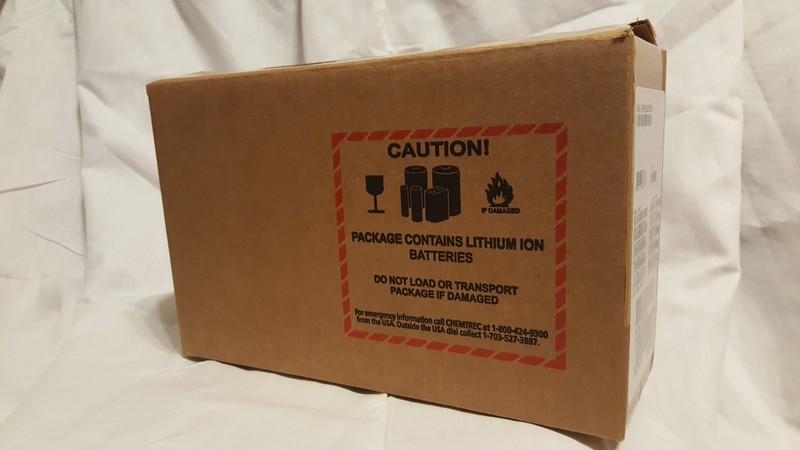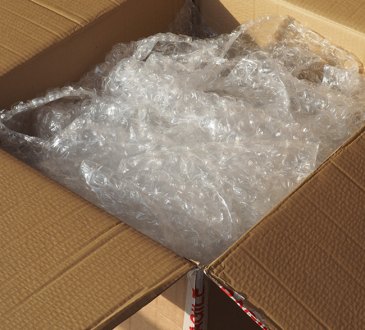
When it comes to shipping dangerous goods, selecting the right packaging is not only a regulatory requirement but also crucial for ensuring the safety of the materials, people, and the environment. Sourcing high-quality dangerous goods packaging that meets international standards can be a daunting task if you’re unfamiliar with what to look for.
Here’s a guide to help you understand where and how to find the best packaging solutions for your hazardous materials.
Specialised Packaging Suppliers
The best place to start is with suppliers that specialise in dangerous goods packaging. These companies are well-versed in the complexities of packaging hazardous materials and understand the international standards set by bodies like the UN, IATA, and IMDG. They offer a range of certified packaging solutions, including boxes, drums, and containers that are tailored to specific classes of dangerous goods.
- Where to Look: Search for suppliers that focus exclusively on dangerous goods packaging. Many offer online stores or direct consultations to help you choose the right packaging.
2. Industry-Specific Distributors
Certain industries, such as chemical manufacturing, pharmaceuticals, and oil and gas, have their own trusted distributors who provide packaging that meets international standards. If your business operates in one of these industries, it’s worth partnering with these distributors for sourcing packaging materials.
- Why It Matters: These distributors often have expert knowledge about the specific regulations governing your industry and can offer packaging solutions tailored to the unique requirements of the materials you’re handling.
3. Local Suppliers with Global Reach
If your business is based locally but operates internationally, look for packaging suppliers that offer local support while adhering to global standards. These companies can help streamline your shipping processes by providing on-the-ground support and ensuring that your packaging complies with both local and international regulations.
- Why It Matters: Local suppliers with a global reach ensure that you’re not only meeting international standards but also adhering to any country-specific regulations, making cross-border shipments much smoother.
4. Accredited Packaging Manufacturers
Working directly with manufacturers that produce UN-certified and internationally recognised dangerous goods packaging is another great way to source high-quality products. These manufacturers have stringent quality control processes and can custom-produce packaging to meet your specific requirements.
- Why It Matters: Manufacturers have the most up-to-date certifications and testing capabilities, ensuring that the packaging complies with current regulations and is robust enough to handle hazardous materials.
5. Online Marketplaces Specialising in Compliance Solutions
Online marketplaces that specialise in compliance and safety solutions often offer a wide selection of certified dangerous goods packaging options. These platforms allow you to compare prices, certifications, and customer reviews, making it easier to find a supplier that meets your needs.
- Why It Matters: With an online marketplace, you can quickly access a wide range of packaging options, ensuring that your selection meets regulatory requirements and budget constraints.
6. Third-Party Packaging Consultants
If you’re unsure about the specific packaging requirements for your dangerous goods, consider hiring a third-party consultant who specialises in hazardous materials packaging. These experts can assess your needs and recommend the right type of packaging based on the specific classification of your goods and the transportation method.
- Why It Matters: Consultants can help you avoid costly mistakes by ensuring that your packaging meets all necessary safety and regulatory standards, making your shipping process more efficient and compliant.
Key Considerations When Sourcing Dangerous Goods Packaging
While sourcing high-quality dangerous goods packaging, it’s crucial to keep a few key factors in mind:
- Certification: Ensure that the packaging is UN certified like a 4G fibreboard box and meets relevant international standards (IATA, IMDG, ADR).
- Material Compatibility: Make sure that the packaging material is suitable for the specific type of dangerous goods you’re shipping (e.g., corrosive materials may require specially coated packaging).
- Durability: Look for packaging that has been tested for strength, durability, and resistance to environmental factors like pressure, temperature, and humidity.
- Customisation: Some suppliers offer custom packaging solutions, ensuring the packaging is tailored to the unique size and shape of your dangerous goods.
Conclusion
Sourcing high-quality dangerous goods packaging that meets international standards is essential for ensuring safety, compliance, and efficiency in your shipping operations. Whether you’re working with specialised suppliers, industry distributors, or directly with manufacturers, it’s important to choose packaging solutions that are certified, durable, and suitable for the hazardous materials you’re handling.



